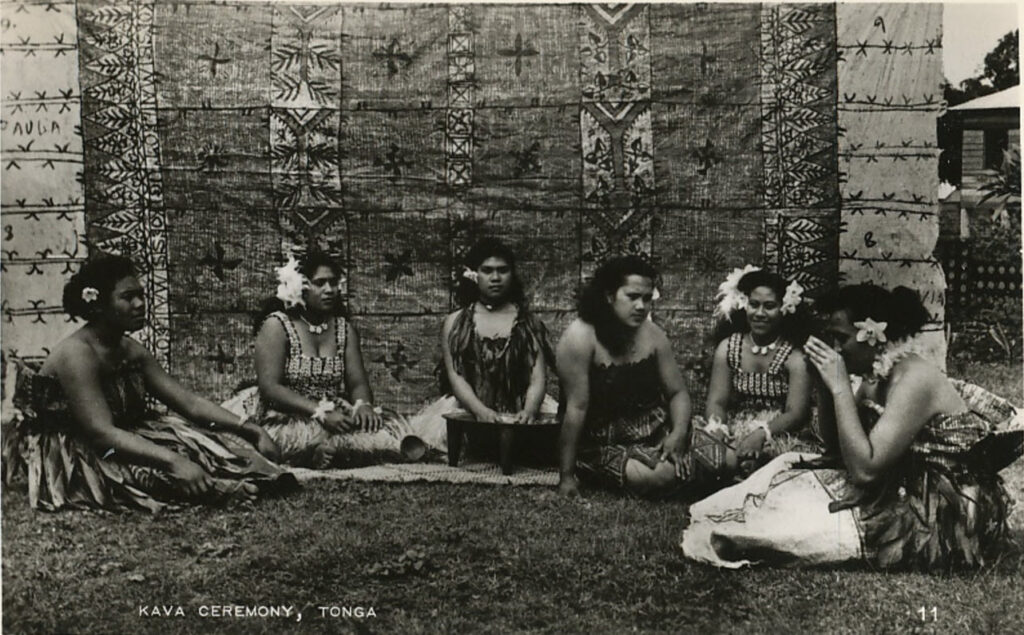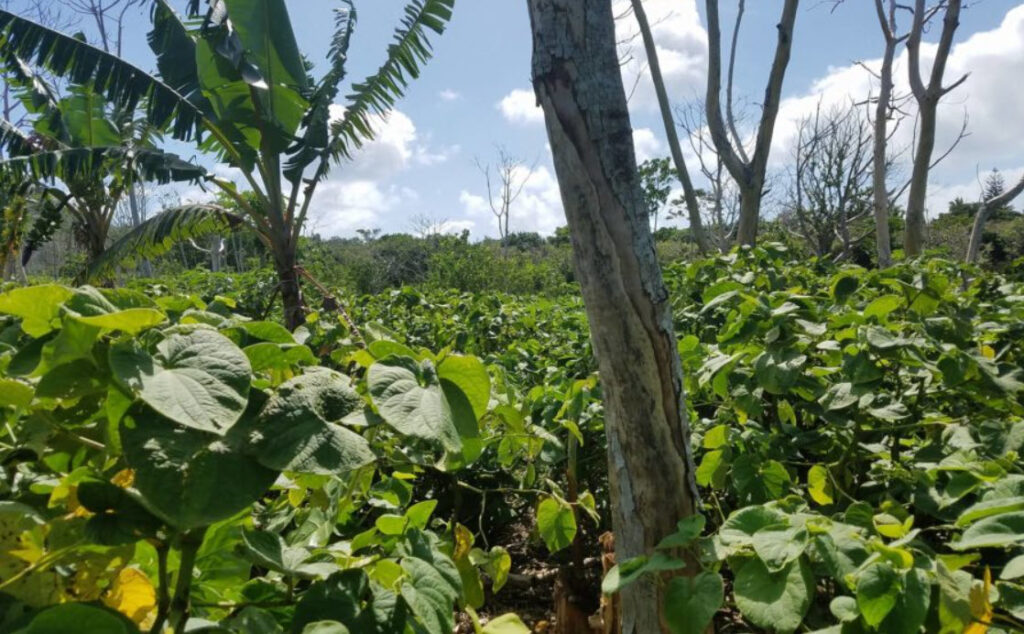Drinking Kava in Tonga
Kava's History in Tonga

The first reported arrival of the plant was by Captain Cook when he stopped at Vavau, one of the northern islands of Tonga. However, it was not until 1835 that kava was introduced to Tonga by missionaries from Samoa.
The first kavas from Vavau were planted by King George Tupou I in Toula, which is now called Nuku’alofa (the capital). Kava was grown for about 10 years before it became difficult to obtain seeds and cuttings from other islands such as Fiji. Kava was eventually abandoned but was reintroduced in the 1890s after a request from King George Tupou II. The king requested that kava be grown again because he wanted his people to have something they could use as currency during times when they needed money quickly due to crop failures or other reasons. Thus, the tradition of drinking kava in Tonga once more became entrenched in Tongan culture.
Kava has been used medicinally since ancient times, but there are no written records of its use as medicine until around 1890 when British doctors came up with an anti-diarrhea medicine made from two parts kava root mixed with one part watercress leaves and one part water.
How Kava is Grown and Produced in Tonga

Kava plants grow well in Tonga’s tropical weather conditions. The soil quality varies depending on which island they are planted on. However, most of them grow well in soils with high levels of organic matter or clay content. These soils emanate from volcanic rock deposits from previous eruptions by Mt Fakaofo volcano thousands of years ago during its last eruption cycle before becoming dormant again today.
The roots are harvested once they reach maturity after approximately three years (or two seasons). At this point, they resemble large bulbs sticking out from below ground level where they were planted originally above ground level. After that, young seedlings sprouted up originally after germinating.
Drinking Kava in Tonga is an Essential Element of Tongan Culture

Because it is used to welcome guests, seal business deals, and bring people together, drinking kava in Tonga is a significant part of the Tongan culture. Kava is made from the root of the kava plant and has been used for centuries as a sacred drink. The roots are ground into a powder and mixed with water to create a paste that is consumed using coconut shell cups.
In Tonga, kava drinking is often practiced in groups. When someone visits another household, they will share kava with their host before any other business is discussed. Kava is also used to seal business deals or celebrate accomplishments such as weddings or births.
The Tongan Kava Industry

In 2017, the Tongan Kava Industry exported $5.5 million worth of kava. That number is up from 2016, when it was just $3 million. The kava industry has been growing steadily since 2014, when exports were worth only $1.4 million.
The export market for kava is primarily in Asia with Japan being Tonga’s largest customer is Japan. While the USA and Australia are also large importers of kava from Tonga, they have much lower import rates than Japan does.
The majority of kava exported from Tonga goes to Japan—approximately 70% of all exports go there. Other major importers are Australia (12%) and China (6%).
